RSS


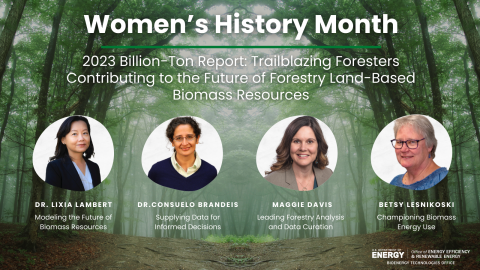
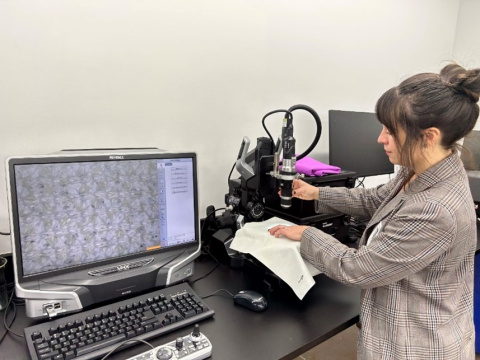
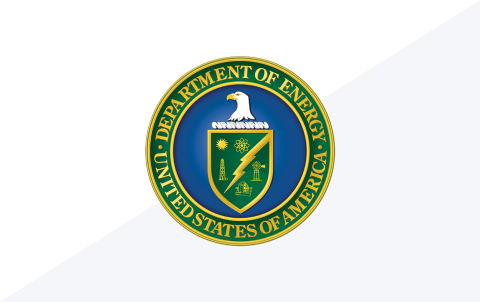
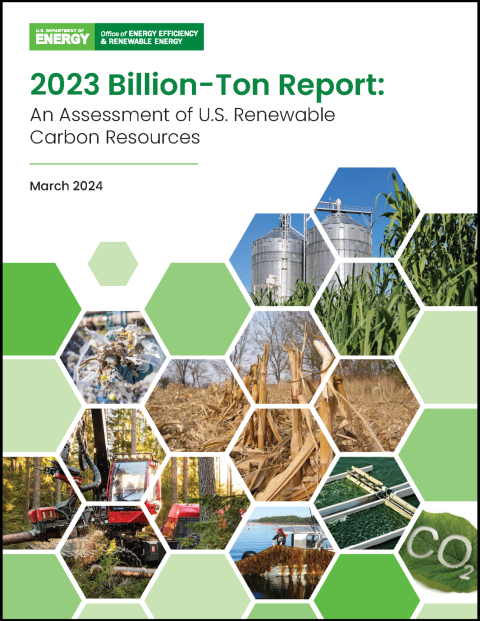
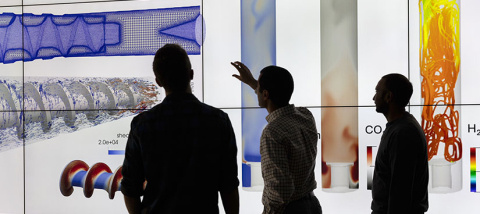
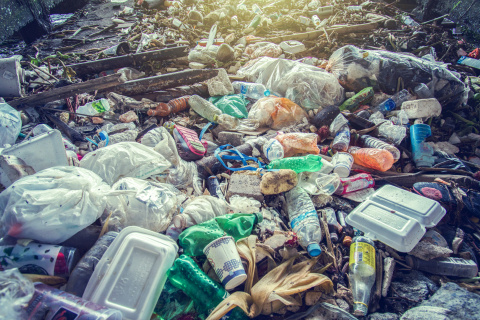
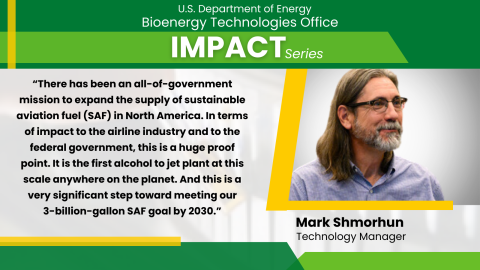
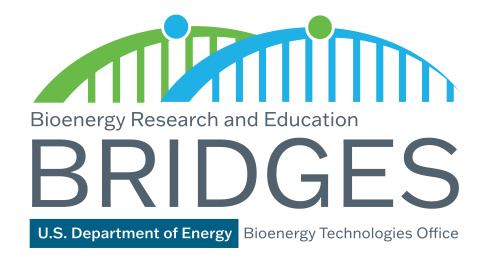

Gain insight into the objectives, progress, priorities, and future plans of the U.S. Department of Energy’s (DOE's) Clean Fuels & Products Shot™ at next week's virtual two-day Summit on April 8-9, 2024. The Shot aims to lower carbon emissions from the fuels and chemicals industry by utilizing more environmentally friendly carbon sources, targeting a minimum reduction of 85% in greenhouse gas emissions compared to fossil-based sources by 2035.

Are you interested in joining a dynamic team that advances energy research, creates cutting-edge technologies and contributes to a low-carbon U.S. bioeconomy? The U.S. Department of Energy (DOE) Bioenergy Technologies Office (BETO) is seeking individuals to join the Renewable Carbon Resources (RCR) and the Data, Modeling, and Analysis (DMA) subprograms.

On March 15, 2024, the U.S. Department of Energy (DOE) released the 2023 Billion-Ton Report (BT23), which shows that the United States could triple its production of biomass to more than 1 billion tons per year.

Preventing clothes from shedding may be impractical, if not impossible. However, scientists from the U.S. Department of Energy’s (DOE) Bio-Optimized Technologies to keep Thermoplastics out of Landfills and the Environment (BOTTLE™) consortium have developed an emerging solution that could address the challenge at its source: replace today’s petroleum-derived polyester with a nontoxic, biodegradable alternative made from PHAs, short for “polyhydroxyalkanoates.”

New Assessment Shows That America’s Abundant Supply of Renewable Resources Can Produce Enough Sustainable Aviation Fuel to Exceed Projected 2050 Market Demand

The U.S. Department of Energy (DOE) today released the 2023 Billion-Ton Report (BT23), which shows that the U.S. could triple its production of biomass to more than 1 billion tons per year. The report—the fourth in a series of assessments of potential biomass resources in the United States since 2005—finds that 1 billion tons of biomass could satisfy over 100% of the projected demand for airplane fuel in the country, allowing the U.S. to reduce emissions in the aviation industry with sustainable aviation fuel (SAF).

Researchers at the National Renewable Energy Laboratory (NREL) Computational Science Center are hard at work enabling the conversion of biomass to fuels and products at industrial scale. Computational tools can model biomass conversion at scales ranging from small lab beakers to biorefineries, which can help accelerate and de-risk the newest technology developments.

The U.S Department of Energy’s Bioenergy Technologies Office (BETO) and the National Renewable Energy Laboratory (NREL) are launching the next phase of Waste-to-Energy Technical Assistance. For 2024, program eligibility has been expanded to include state governments, and the program’s scope now includes additional waste resources.

In January 2024, the first commercial production facility for converting ethanol into SAF opened in Soperton, Georgia. Supported by DOE’s Bioenergy Technology Office (BETO), LanzaJet’s Freedom Pines Fuel Facility will produce nine million gallons of SAF and one million gallons of renewable diesel in its first year of operations and will provide significant benefits for the local economy.

Apply today to help your students participate in the renewable energy transformation! The U.S. Department of Energy (DOE) will offer a free workshop for faculty May 15 – 17, 2024, to help cultivate science, technology, engineering, and mathematics (STEM) career pathways for college students.

